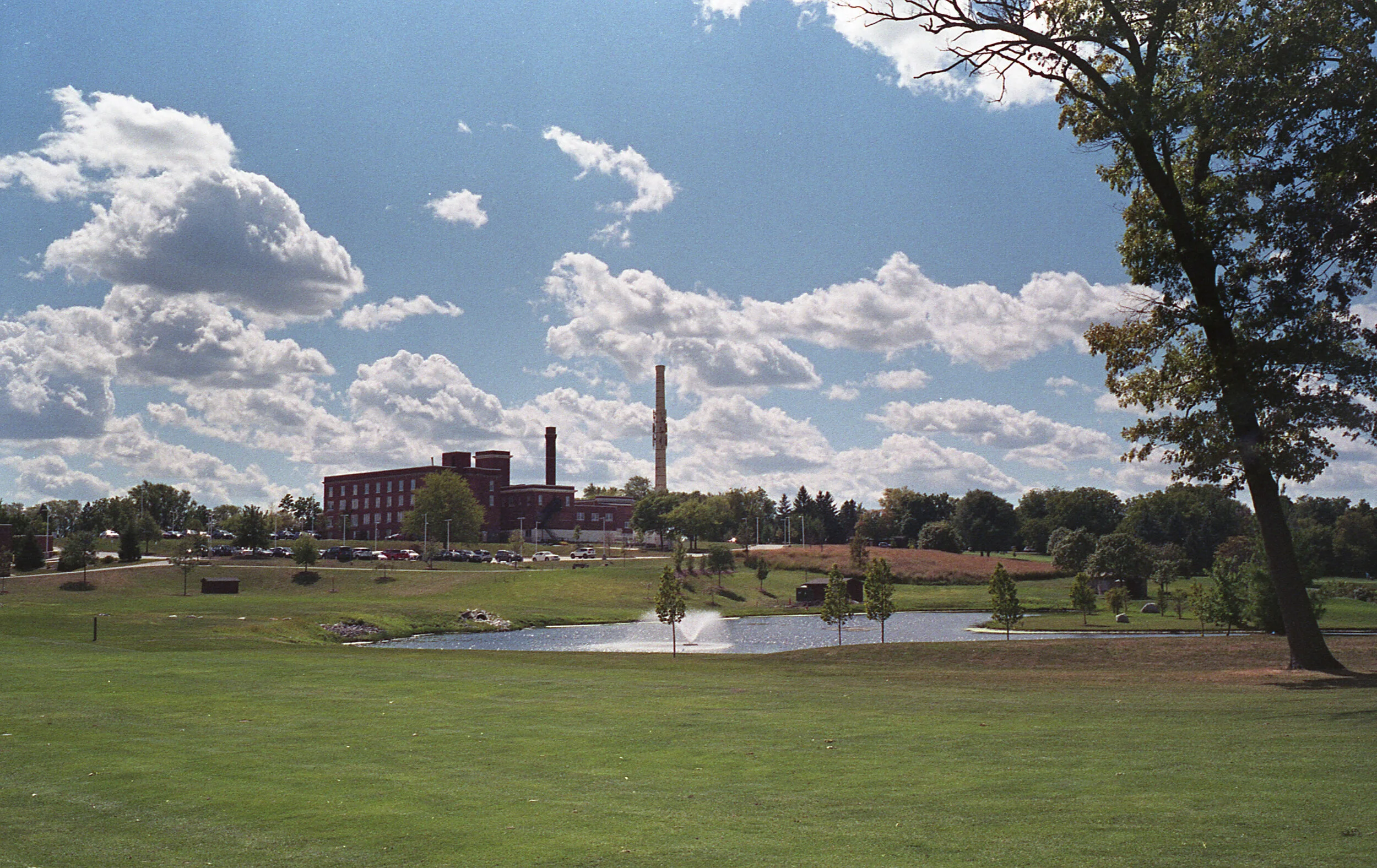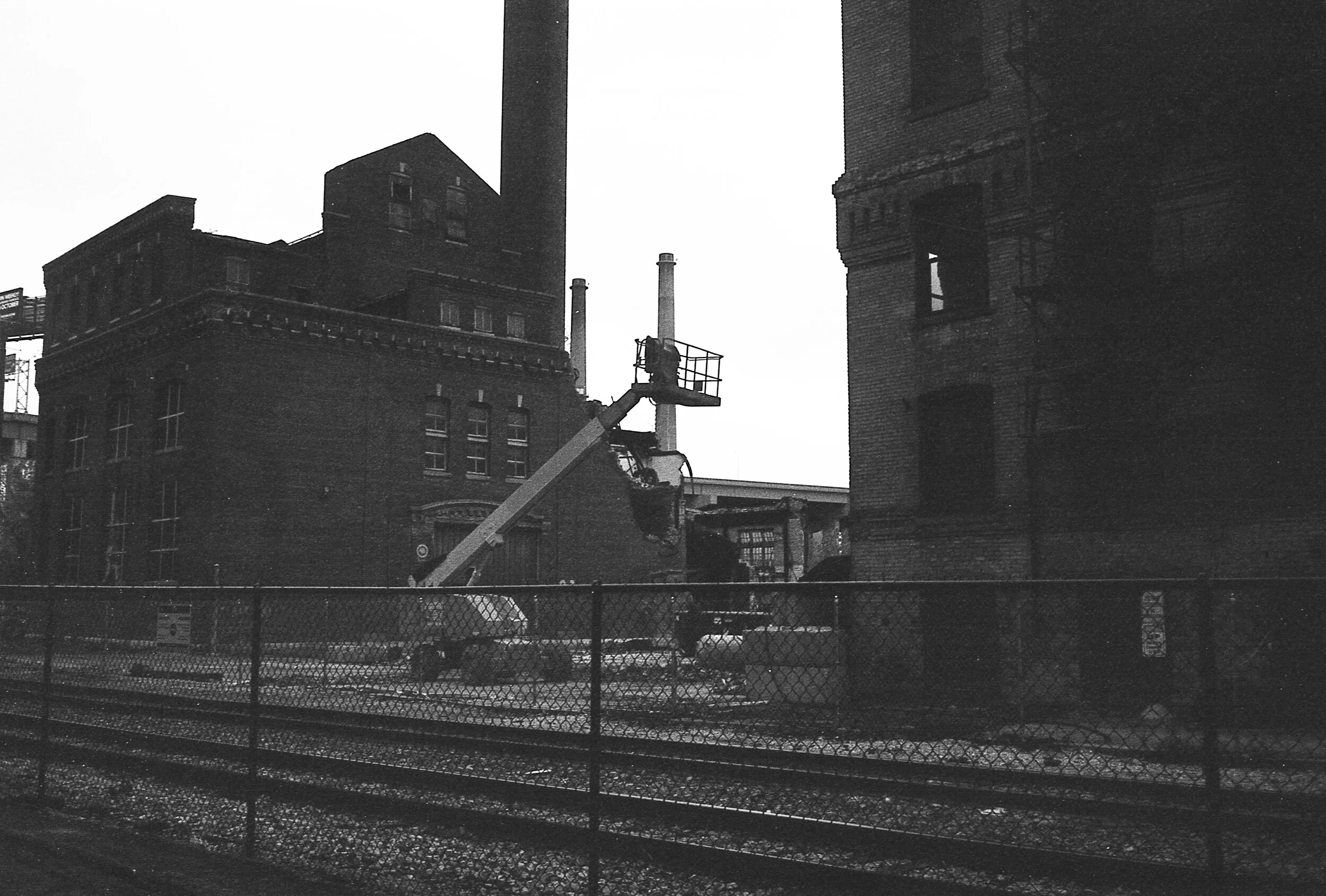October 28th 2020
Minox 35 GL
When you think of Minox, the classic sub-miniature cameras or ‘spy cameras’ are the first things that come to mind. Well know for their incredibly small subminiature cameras, another line from Minox has been starting to gather attention and garner more of a following. The camera in question is the Minox 35 line first introduced to the public at Photokina in 1974. Sold in stores starting in 1975 as the world's smallest full-frame 35mm camera, the Minox 35 was a revolutionary step in camera design. There were quite a few variations of the Minox 35 released over the 23 plus years camera was in production, 18 unique models in all; along with the Russian Kiev 35A/AM copy. The specific model I want to talk about today was the second camera released in the Minox 35 line of cameras in 1979, the Minox 35 GL.
The Pocketable Perfection
The distinctive color of the early Minox 35 shutter buttons
Looking at a group of early Minox 35 cameras, you would be hard pressed to find a difference at first glance. A key determining characteristic is the color of the shutter button of all things. The original body style was used on all cameras, until the first of a handful of body style changes started with the Minox 35 ML in 1985. A sleek all black design is timeless on the early Minox 35 cameras. Small, compact, and with little attention grabbing details makes this camera an incredibly pocketable and stealthy shooter. The 35 GL is the second model to come out of the Minox 35 line of cameras, adding a backlight compensation switch but ‘most of the changes are internal’ as the manual states.
The Minox 35 GL opens revealing the lens and controls
The camera is inoperable while the lens door is closed. In the closed state, the shutter will not fire even if the shutter is advanced, but you are still able to wind the film. To ready the camera, you must pull down the door on the front until the lens is extended fully and the door stops. The camera will once again not operate until the door is fully open. A battery is essential for this camera, there is no mechanical mode. Strangely positioned next to the viewfinder, this was standard for all of the Minox 35 cameras. Unscrewed easily with a coin, the compartment takes a healthy four LR44 batteries or a single PX 27. With the camera lens door open the viewfinder is no longer covered and you can see through to compose a picture. You have a standard viewfinder with frame lines but the addition of a shutter speed scale on the right hand side. The speeds shown from top to bottom are 500, 125, and 30. There are large spaces in between and warning stripes above 1/500 and below 1/30. These stripes are for over the max shutter speed, and an under 1/30 shake warning. The camera max shutter speed is 1/500th of a second, while the slowest can go from one second down to 15 seconds depending on the ASA selected. A thing to note is if the shutter is not wound the meter is inactive, but once advanced the meter will take a consistent reading.
Most controls lie inside the camera after opening
To wind the shutter and advance the film, you have a two-stroke wind on the right hand side toward the top. You can use the knurled knob as well to advance the film, but it's a bit tricky. I imagine that is a secondary winding option is for if the regular lever breaks or jams. Starting with the top side of the camera, right above the advance lever is the frame counter. Above that and a bit to the left is the orange/red colored square shutter button. Threaded for a cable release as well, the button is at a different height while the shutter is wound or not. At the center top of the camera, is a standard hot shoe. To the right of that shoe, there is a button that is a battery test and a switch below for backlight compensation. The last thing on the top is a regular rewind lever; take note it does not pull up!
The back is completely removable
Looking at the bottom of the camera, you have a few more controls and features. Right side you have the wind release button and tripod socket, but the main attraction on the bottom of the camera is a DIN/ASA dial. You change the setting by holding your thumb over the textured dial and turning to an ASA in the range of 25 to 800. There are two dots between the standard ASA numbers as well, for all of the specialty speeds of film. The final part of the bottom of the camera is a lever that releases the film back pulling down and away. A red dot is visible if the lever is ever in the open position.
All other controls are around the lens of the Minox 35 GL. Closest to the body is an aperture scale going from f/2.8 to f/16. The Minox 35 GL is an aperture priority camera and there is no direct control of the cameras shutter speed. You are able to guess based on the meter reading in the viewfinder and work to what you need for a shot that way. Past that ring, you have the ever useful depth of field markings guide, and the last thing on the end of the lens is the focusing element. The scale is in meters, going from infinity and 10 meters to 0.9 meters with a short throw.
The bottom houses the ASA dial and back release switch
There are a few Minox 35 specific accessories for the camera, most notably flashes. There are quite a few flashes made that work with the body shape of the camera, and even have a pass through shutter release system. Some even have the ability to be rotated at angles, or have an auto like mode. Many different varieties are available and all should be compatible with early Minox 35 models. A somewhat useless case/pouch was available, a lens hood, as well as a Minox branded tripod.
THE SPECS AND FEATURES
Shutter Speeds - 1/500th to 1 second or down to a maximum of 15 seconds if a lower ASA is chosen
Aperture - f/2.8 to f/26 controlled manually
Meter Type - CDS style
Shutter - electric, metal leaf shutter
ASA - 25 to 800
Lens - Color Minotar 35mm f/2.8, infinity/10 to 0.9 meters
Flash Option - hot shoe, body matching flashes available
Batteries - needs battery to function, PX 27 (5.6 Volts) or four LR44 batteries (6 Volts)
Film Type - 35mm
Other Notable Features - no strap lugs, completely removable back
The Experience
You can see just how small the Minox 35 cameras were
Never intending to pick up a Minox 35 camera, I found myself face to face with an incredible deal for a non-tested GL model. I took a risky chance, not having the greatest confidence repairing the point and shoot style of cameras. Thankfully it worked right away and I had my first time shooting a Minox 35 to look forward to. This camera has an incredibly solid, rugged, and durable feel. Those cheaper plastic late 70s and 80s cameras were the first thing on my mind while looking at pictures of a Minox 35 online. I had no issues with worrying if I was going to break anything. With the Minox 35 GL, the body is incredibly solid and all controls feel precise and accurate. Opening and closing the lens cover door feels sturdy as well, which initially I was concerned about, not having used one before. It truly is the smallest full frame 35mm camera; still a bit smaller than the likes of a Lomo LCA or a Chinon Bellami. Fitting incredibly well in a pocket, quick to unfold and ready to shoot. Quality through and through, with a nearly silent shutter and some great feeling controls.
Easy to fit into a pocket and worthy of any photo
If I had to pick something that bothered me, it was that there is no loop or place to put a wrist strap. Not the end of the world but you can use a tripod mounted strap if needed. Something initial that tripped me up, was how to hold the camera in a way that is easy to work the controls. With the lens door open, using just your left hand to change the aperture and focus is a hand cramping affair. I found that using the thumb of your left hand and pointer finger of the right mitigates this problem very easily and becomes second nature. The Minox 35 GL was amazing to shoot overall. I was taking pictures while golfing one very bright afternoon and it was unparalleled to how quick it was from pocket to picture ready. Focusing was relatively easy as well, with the conversion of meters to feet. Even on a really cloudy day shooting wide open, I was able to ace the focus.
Everything about this camera surprised me. The build quality, the picture quality, and overall how easy to use and pocketable a Minox 35 camera really is. I would dare to say it’s toward the top of the list of my favorite cameras. If you have not tried using a Minox 35 camera, I cannot recommend it enough. Fun to use and capable of some amazing pictures. Truly a gift in the photography world to come out of the 1974 Photokina.






